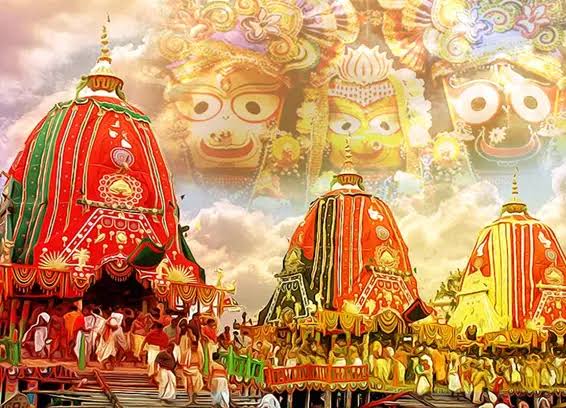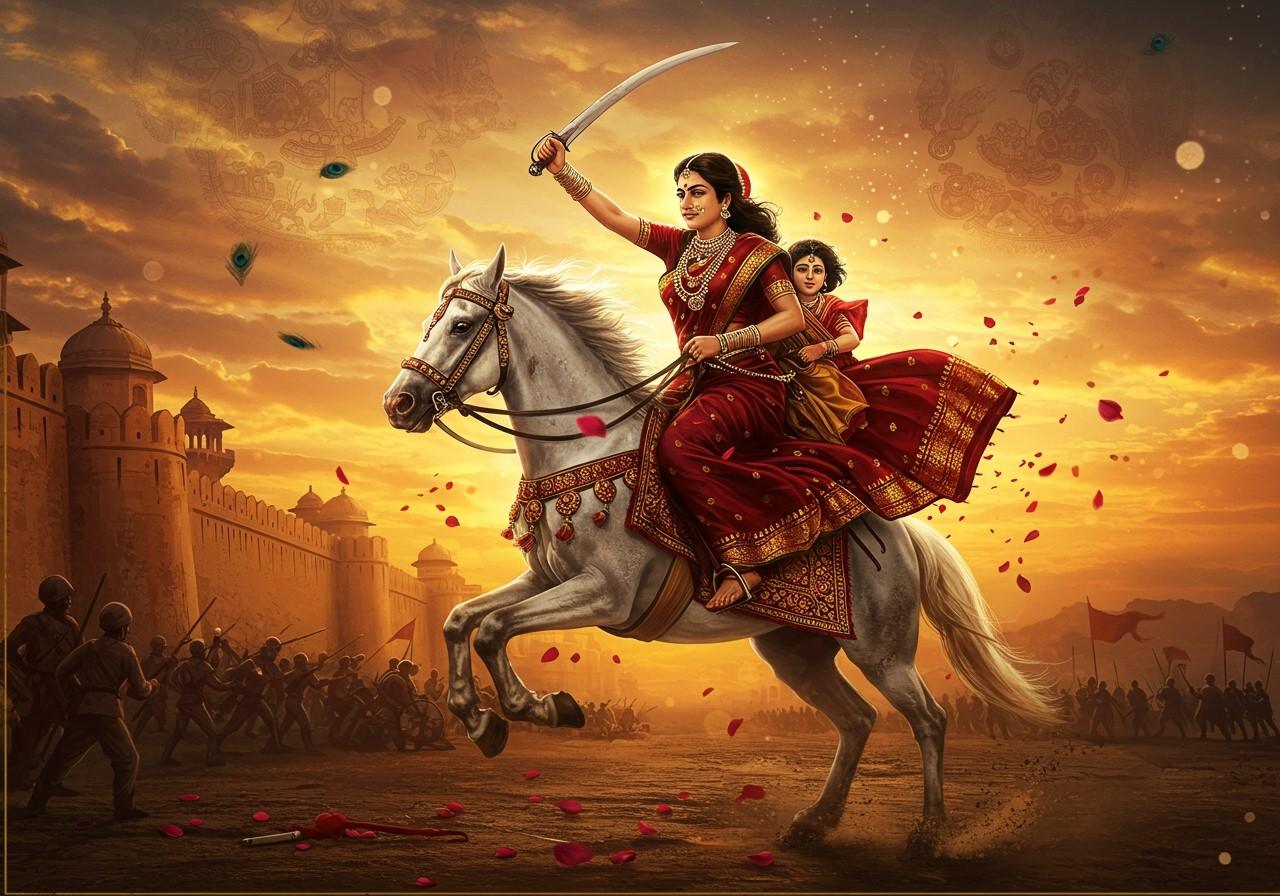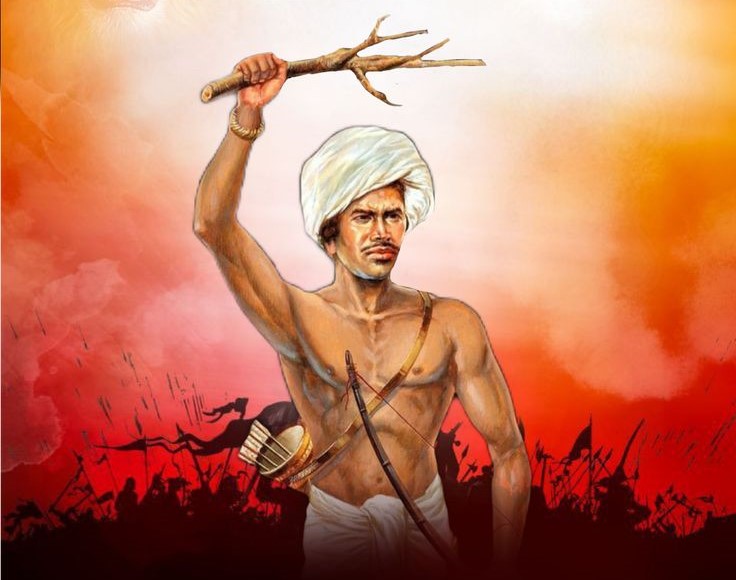By Dr. Bhupendra Kumar Sullere
Every festival and tradition in Indian Sanatan Dharma is not just a religious ritual but a living expression of cultural identity, spiritual consciousness, and social harmony. Among these, the Rath Yatra (Chariot Festival) of Lord Jagannath holds a unique place, being a timeless symbol of devotion, collective faith, and spiritual inclusiveness for thousands of years.
Historical Background:
The Jagannath Temple at Puri (Odisha) stands as a magnificent example of Indian architecture, faith, and cultural heritage. Built during the reign of King Anantavarman Chodaganga Deva of the Ganga dynasty (12th century CE), the temple and the tradition of Lord Jagannath worship date back even further, with roots in ancient tribal and Vedic Sanatan traditions.
The term ‘Jagannath’ means ‘Lord of the Universe’. Worshipped as a form of Lord Vishnu (Krishna), Lord Jagannath finds mention in several Hindu scriptures like the Skanda Purana, Brahma Purana, and Padma Purana.
Religious and Spiritual Significance of Rath Yatra:
The Rath Yatra (Chariot Festival) is not just a religious procession; it symbolizes divine love, inclusiveness, and Lord’s compassion towards all living beings.
1. Divine 'Public Appearance': For most of the year, Lord Jagannath, along with his siblings Balabhadra and Subhadra, remains inside the temple. But during Rath Yatra, the Lord himself comes out among his devotees, signifying that God belongs to all, not confined to the temple.
2. Breaking Social Barriers: People from all castes, classes, genders, and communities participate in pulling the chariots. This reflects Sanatan Dharma's universal and inclusive spirit.
3. Symbol of Selfless Devotion: Pulling the Lord's chariot is considered a sacred act of devotion. Thousands of devotees participate selflessly, demonstrating Nishkama Karma Yoga (selfless action).
4. Avataric Essence: Lord Jagannath is considered an incarnation of Lord Krishna. The story behind Rath Yatra is also connected with Krishna's journey with Subhadra and Balarama during Mahabharata times.
Philosophical Messages of Rath Yatra in Sanatan Dharma:
1. Dissolution of Ego: Whether a king, a beggar, a saint, or a common man – all come together to pull the Lord’s chariot. This symbolizes the annihilation of ego and fostering humility.
2. Life is a Journey: The moving chariot reflects the ever-changing and transient nature of life, reminding everyone to stay devoted and perform their duties.
3. Ideal of Collectivism and Co-existence: The gathering of lakhs (hundreds of thousands) of people with a single purpose reflects the Sanatan ideal of "Vasudhaiva Kutumbakam" (the whole world is one family).
Social and Cultural Dimensions:
1. A Festival of Folk Culture: The Rath Yatra beautifully showcases Odisha’s folk arts, music, dances, and devotional songs, turning Puri into a spiritual carnival.
2. Economic and Tourism Importance: The festival generates significant tourism and trade, providing livelihood to thousands.
3. Symbol of National Integration: Devotees from all corners of India come together, transcending language, region, and cultural differences. It is a living example of unity in diversity.
Historical Events and Rath Yatra: Historical records mention that several rulers and saints, including Emperor Ashoka, Chhatrapati Shivaji, Maharana Pratap, and many others, have either participated in or contributed to the Rath Yatra celebrations. Even during British colonial times, the British officials observed with awe the scale and devotion of the event.
Modern Relevance:
Today, the Jagannath Rath Yatra is not confined to Odisha or India. Thanks to organizations like ISKCON, it is now celebrated in countries like the USA, UK, Russia, Japan, and many others. It has become a symbol of Sanatan Dharma’s global spiritual influence.
The Rath Yatra of Lord Jagannath is a tradition that seamlessly blends spirituality, social harmony, cultural preservation, and universal devotion. It is not just Odisha’s pride but a global emblem of India’s Sanatan spiritual heritage.
Every year, this festival reminds us that God is not confined within temple walls but resides in every heart, coming out for his devotees, breaking all barriers of caste, creed, and class.
🌿 "Jai Jagannath" 🌿






